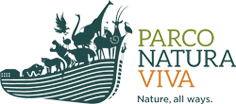December 2018
Parco Natura Viva staff left for the second mission in Seychelles and signed the second agreement with the Seychelles National Parks Authority to continue the conservation project on the Seychelles giant tortoise and bat.
February 2018
Parco Natura Viva sent other 90 nano-microchips and a digital reader to the Seychelles National Parks Authority in Curieuse island. These will be inserted in other young adults.
November 2017
The first field mission for the conservation of Seychelles tortoises was carried out, and thanks to the collaboration with Bologna University and with the University of Sacro Cuore of Piacenza, will have positive implications also on the welfare of animals hosted by Zoological Parks. During the mission, the Seychelles National Parks Authority informed the staff of the park that the application of the nano-microchips has start to bring the hoped results: the problem of the theft of young tortoises in the breeding centre was, in fact, been almost solved simply by informing the public opinion that microchips were being inserted in all the young ones.
March 2017
The first microchip insertions were carried out on Seychelles tortoises with a workshop dedicated to illustrating the application technique on young tortoises raised on the island of Curieuse. The nano-microchips are only 6 mm longs, in contrast with the class one of 10 mm, and therefore they are much less invasive, allowing the application not on adults but on young ones of only 100 grams and just few centimetres long.
January 2017
On the 31st of January 2017, Parco Natura Viva signed an agreement with the Seychelles National Parks Authority, together with the collaboration of the Green Teen Team. The agreement will allow to help Seychelles safeguarding giant tortoises and will allow to save from extinction the only species of bat present in this island. The park has already carried out the first concrete action by sending 70 nano-microchips to be applied on baby “giants” that are born, with the aim of avoiding that these get in the illegal trade. It will be necessary then to go to Seychelles to explain to local populations how to insert the nano-microchips in order to avoid hurting the baby tortoises.
At the same time, the Park started to look for collaborations to start a first survey on the population of Seychelles sheath-tailed bats. Such survey will have to be the least invasive possible, since there are just a few individuals left, probably around 50.
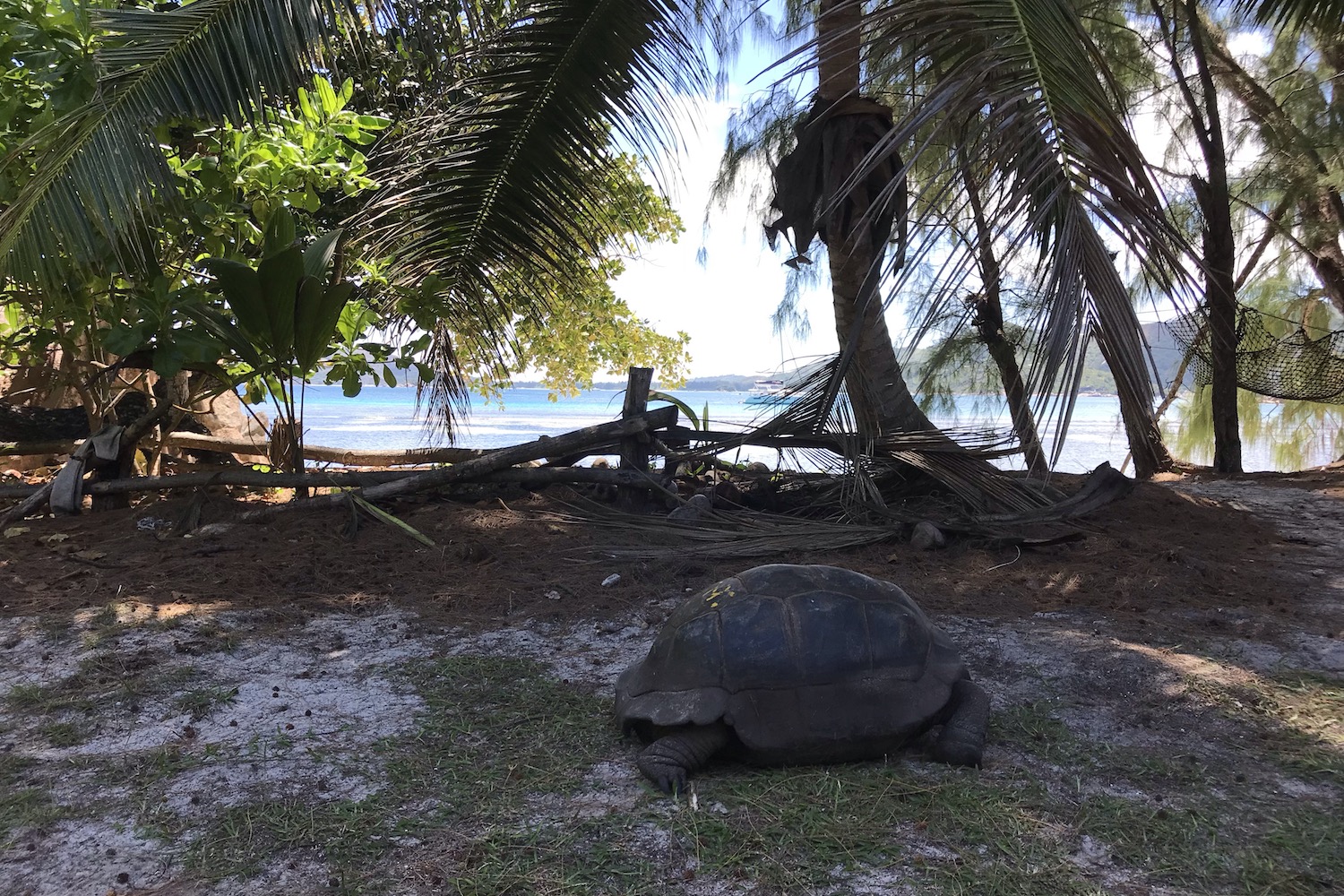
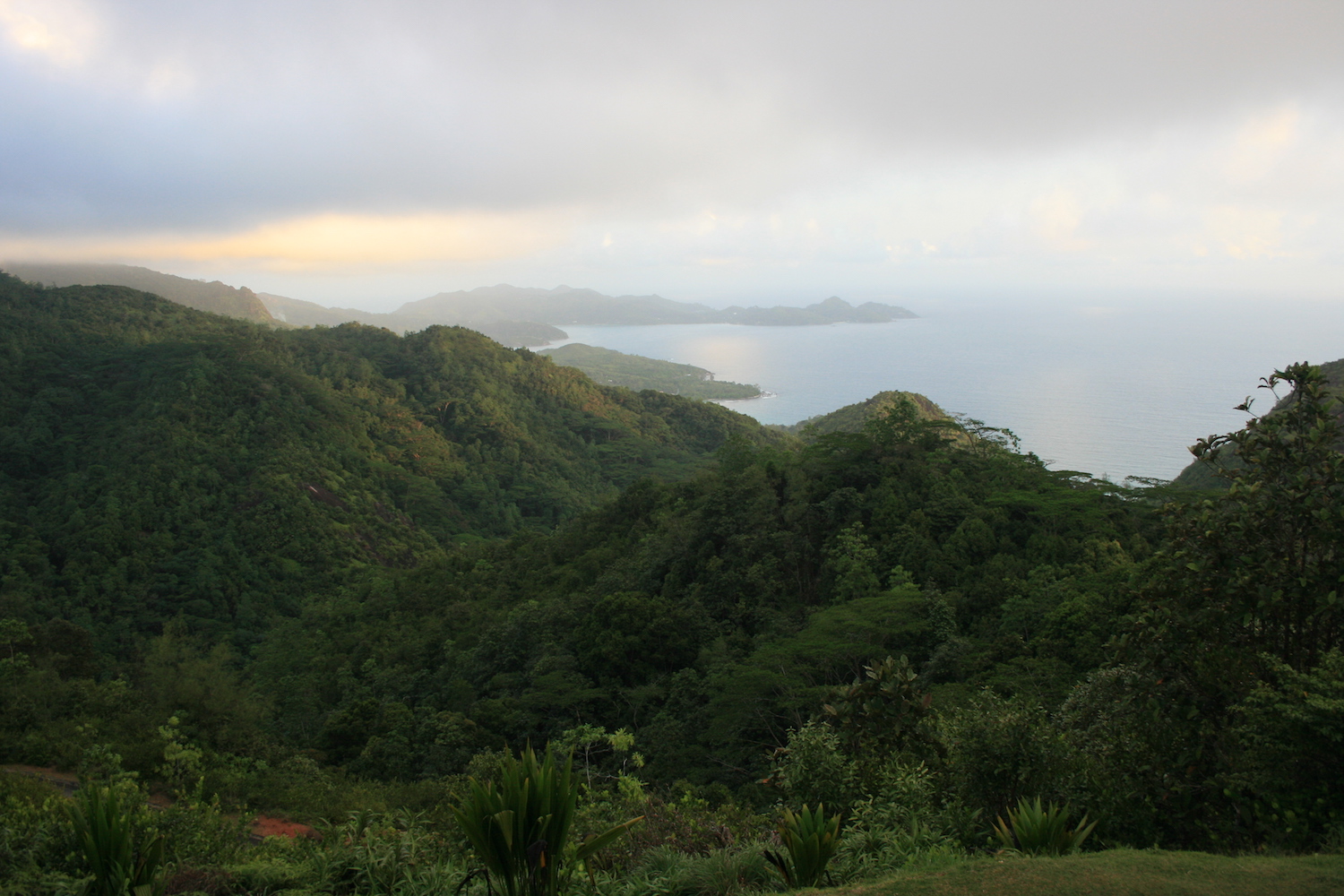
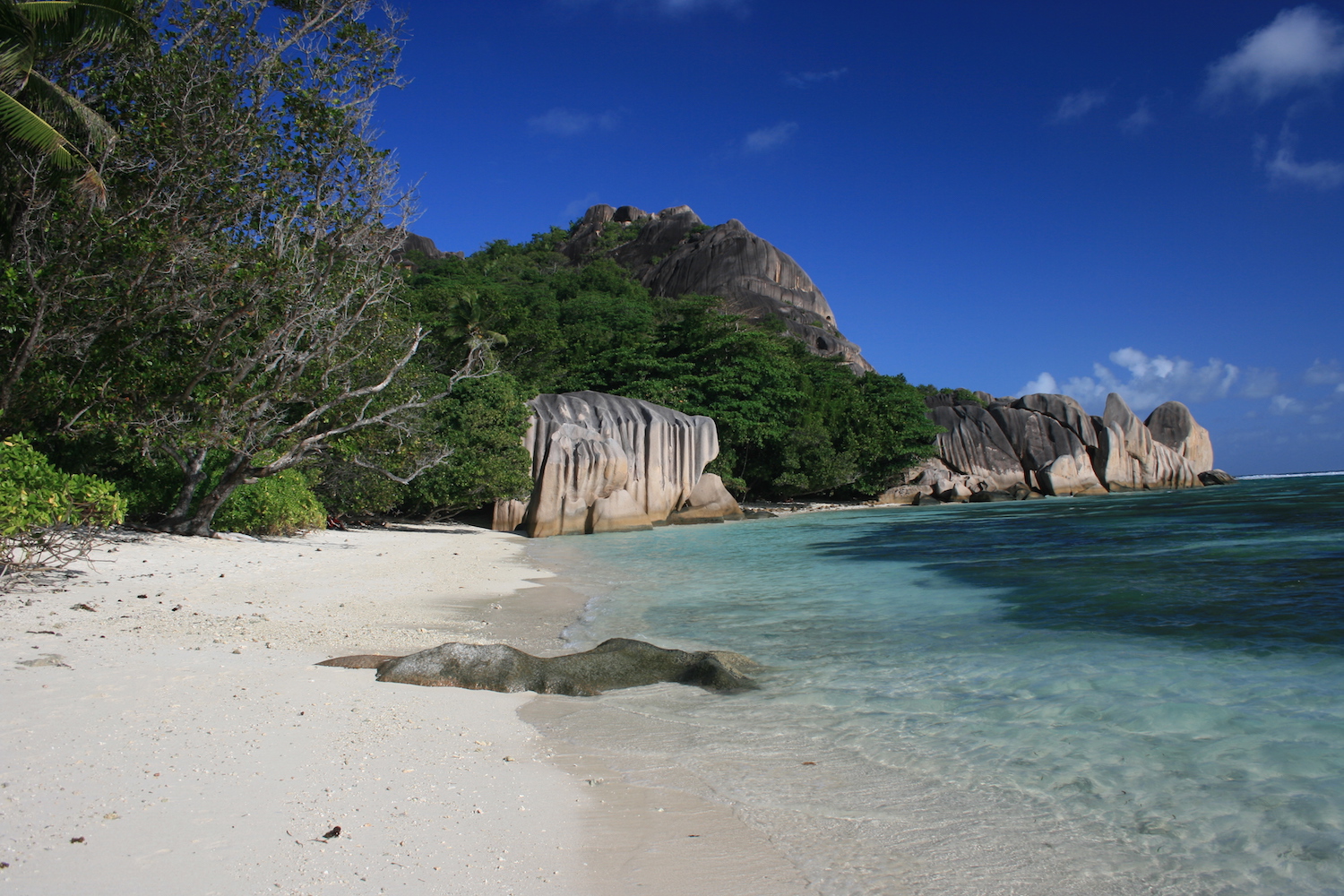
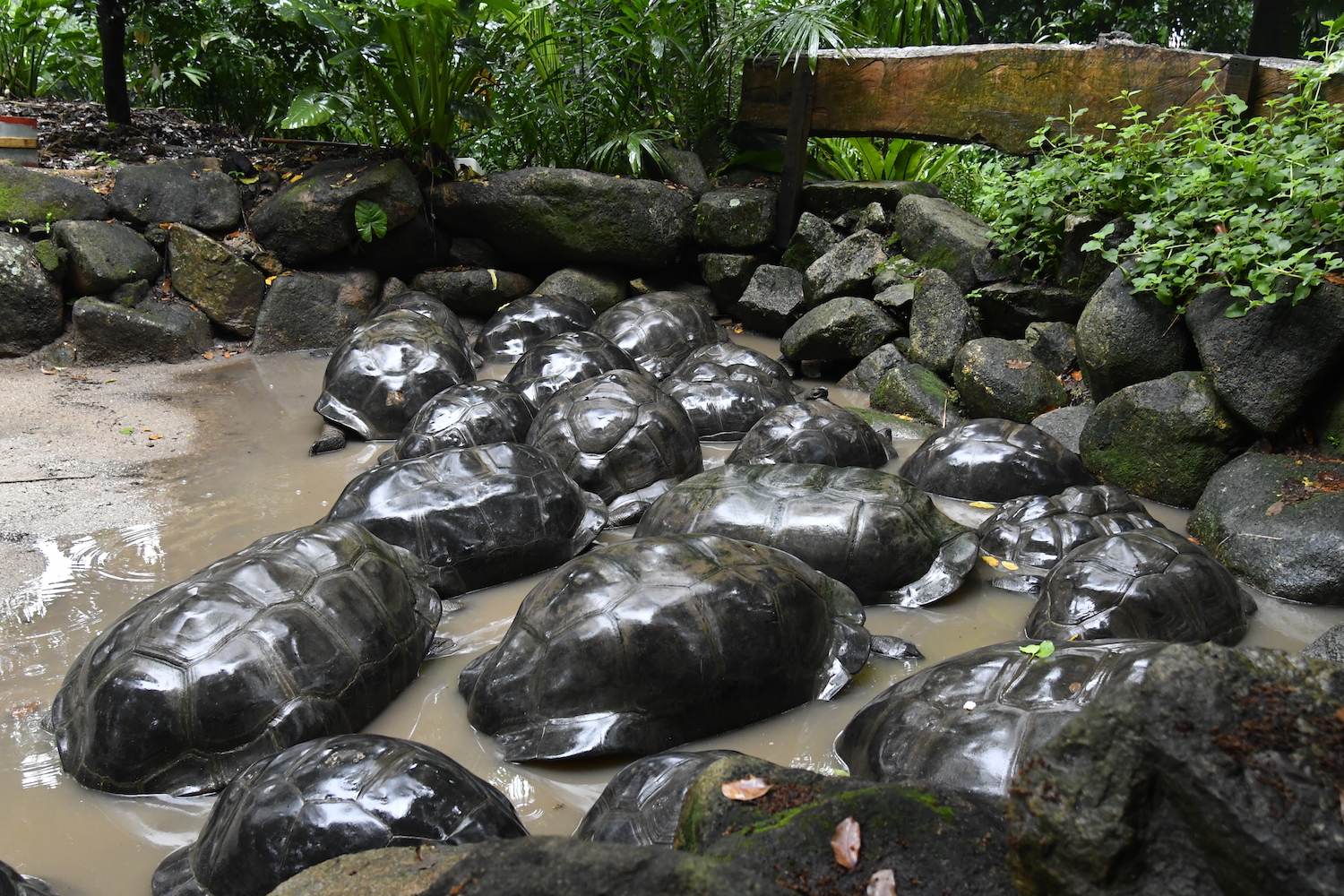
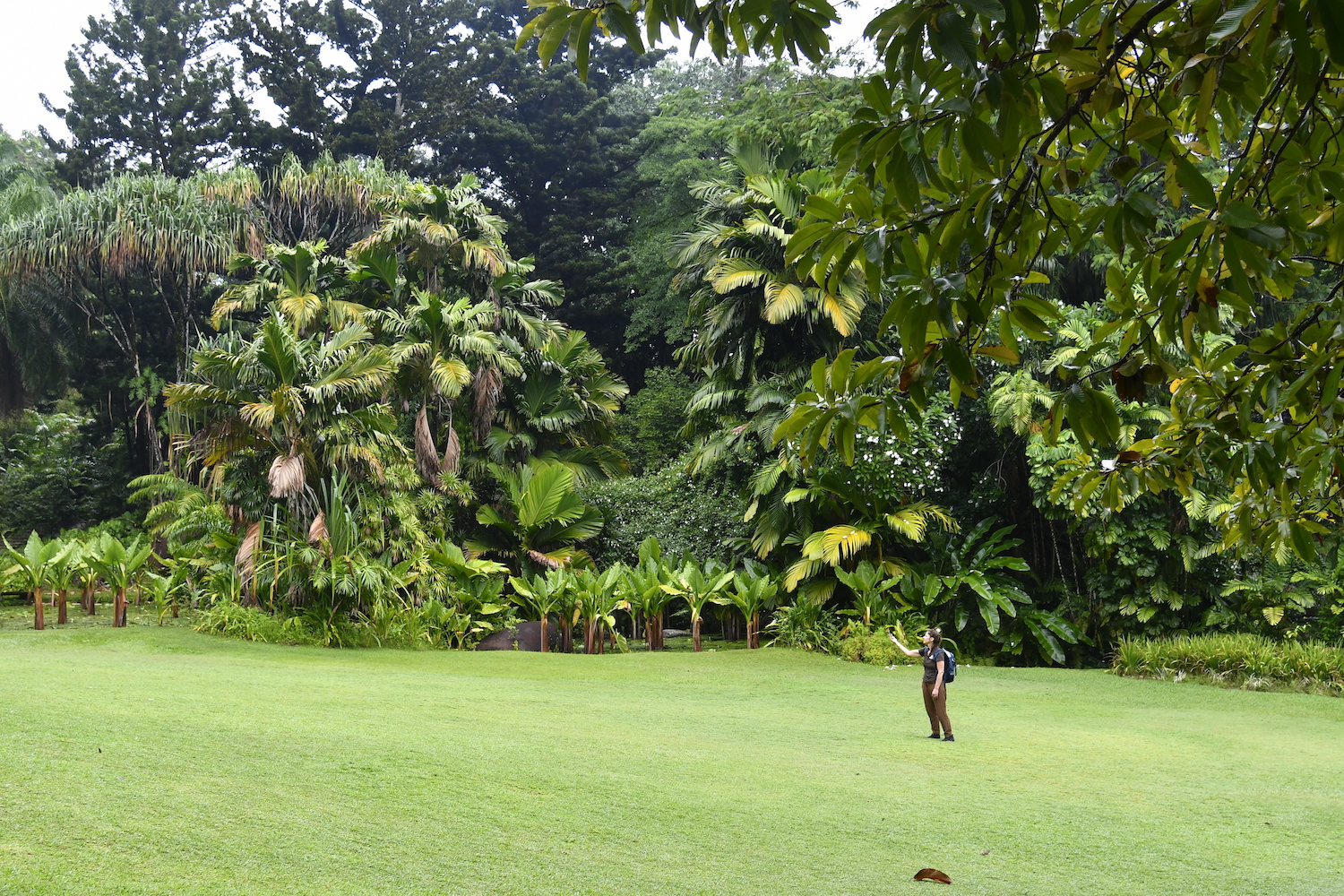
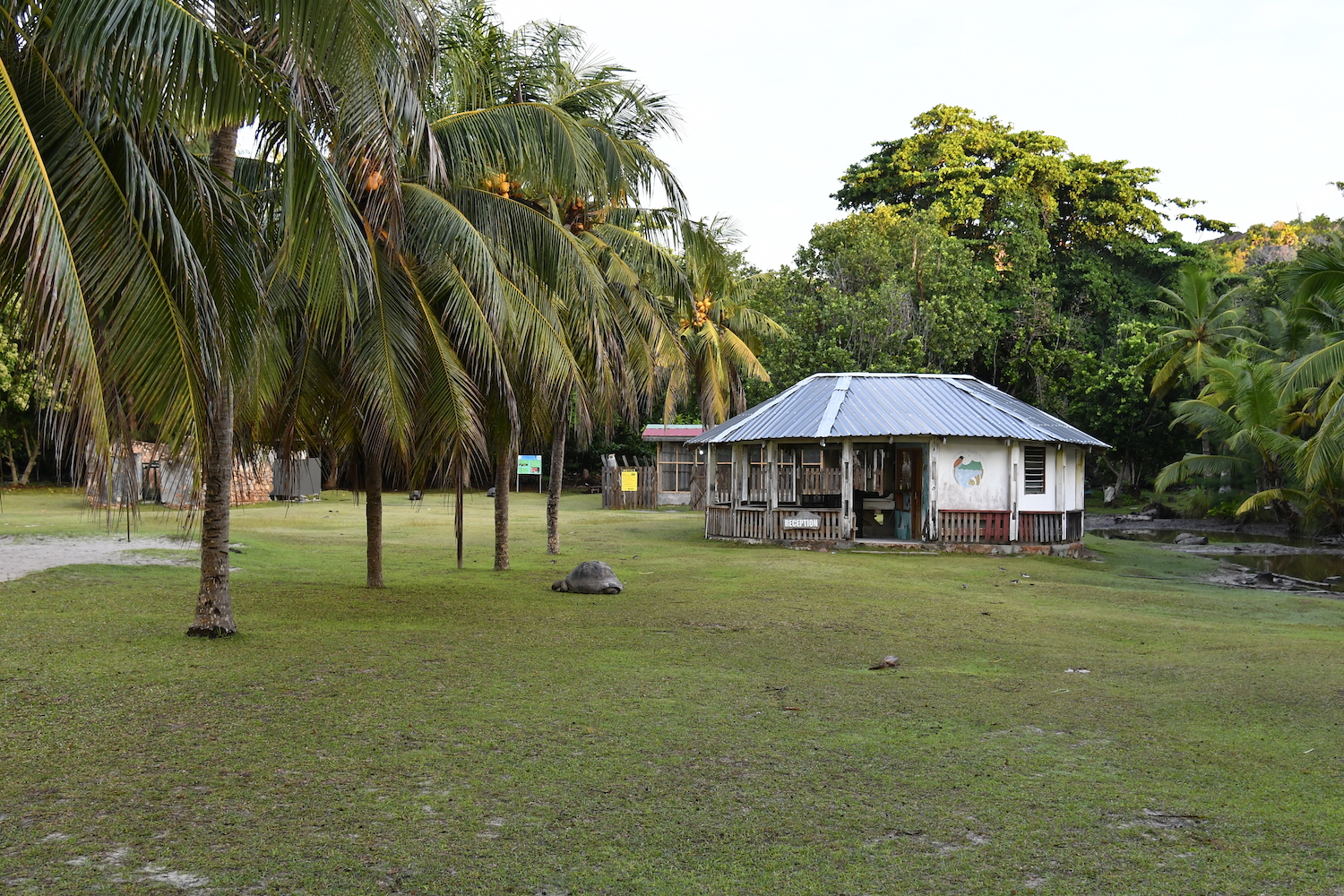
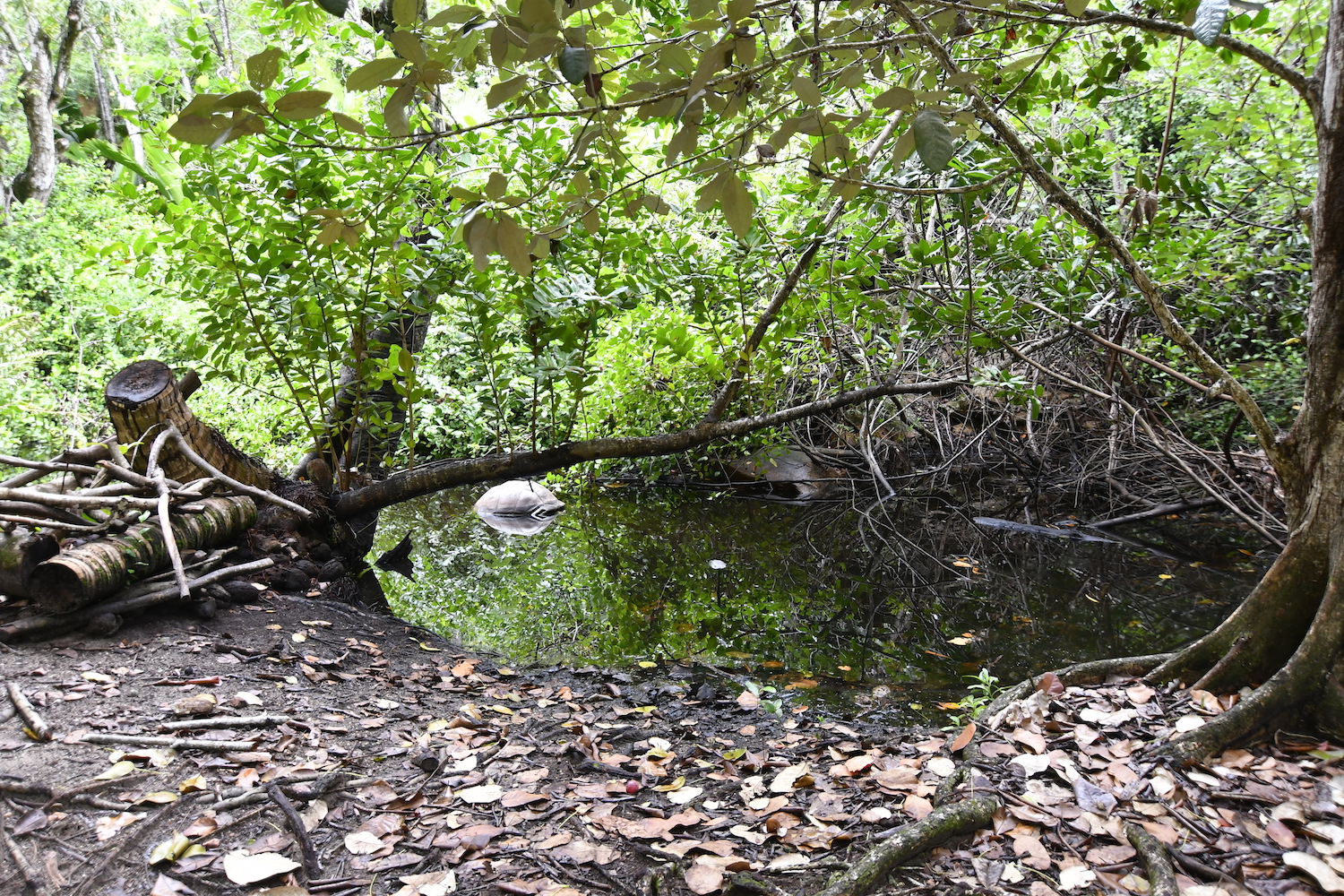

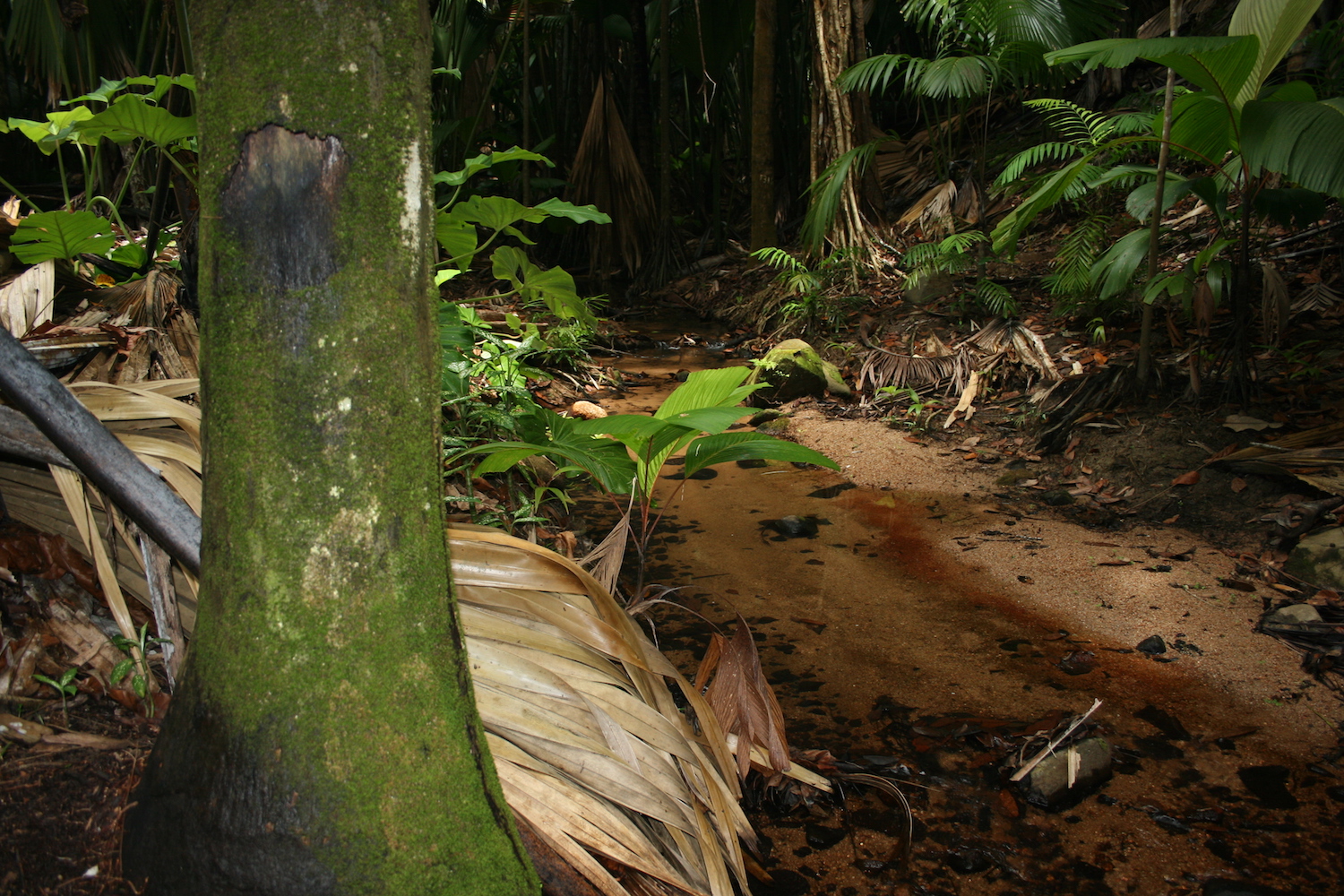
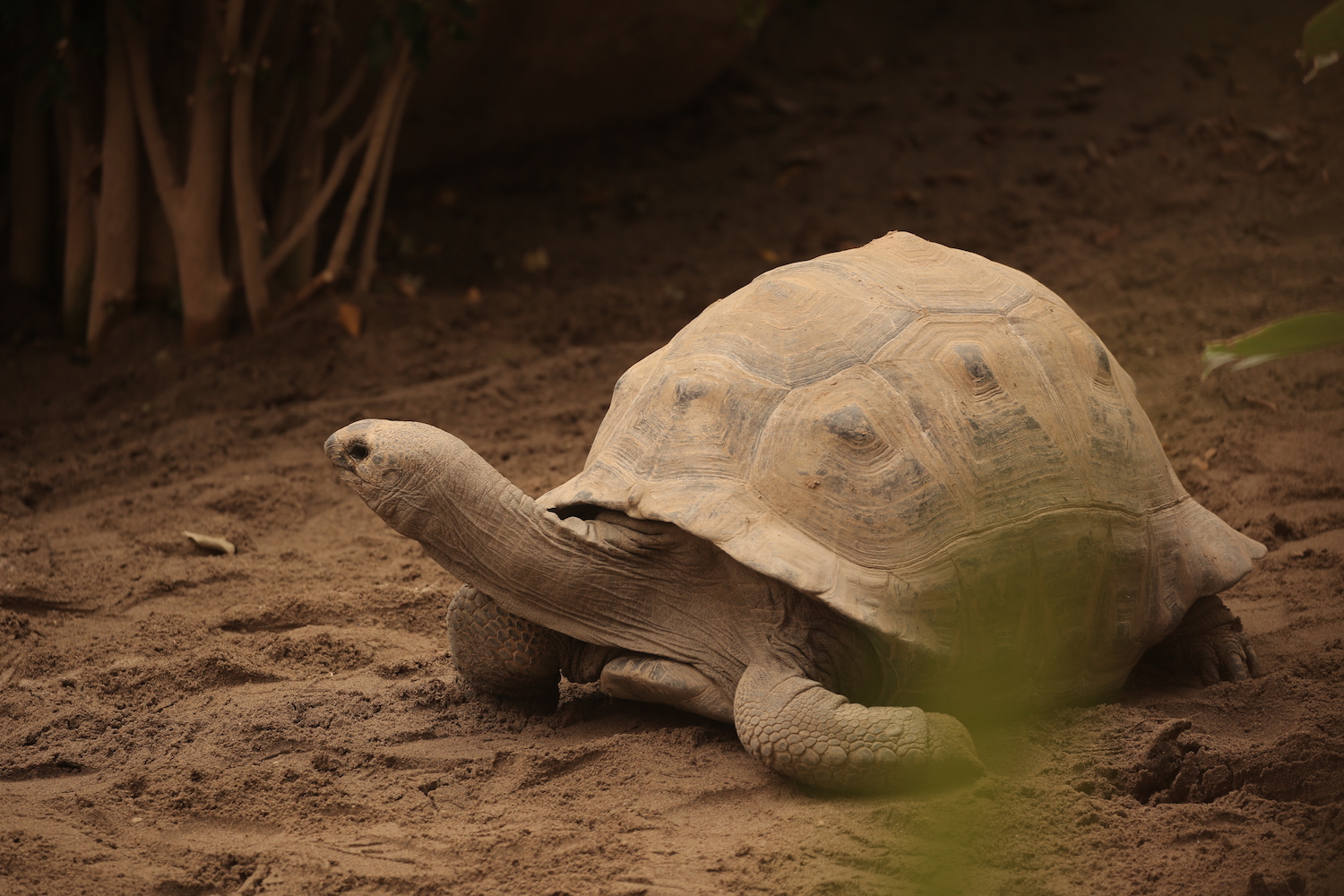
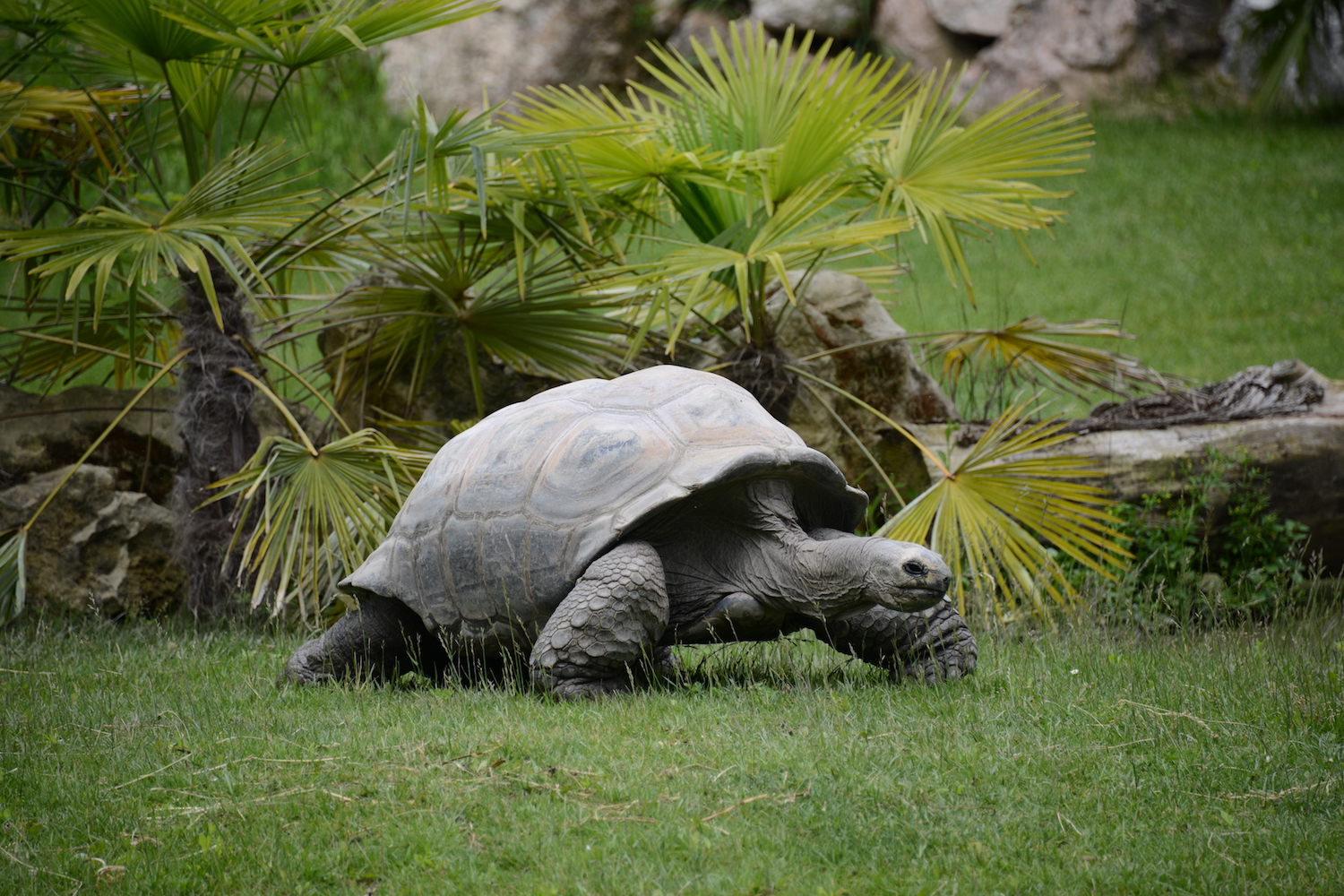
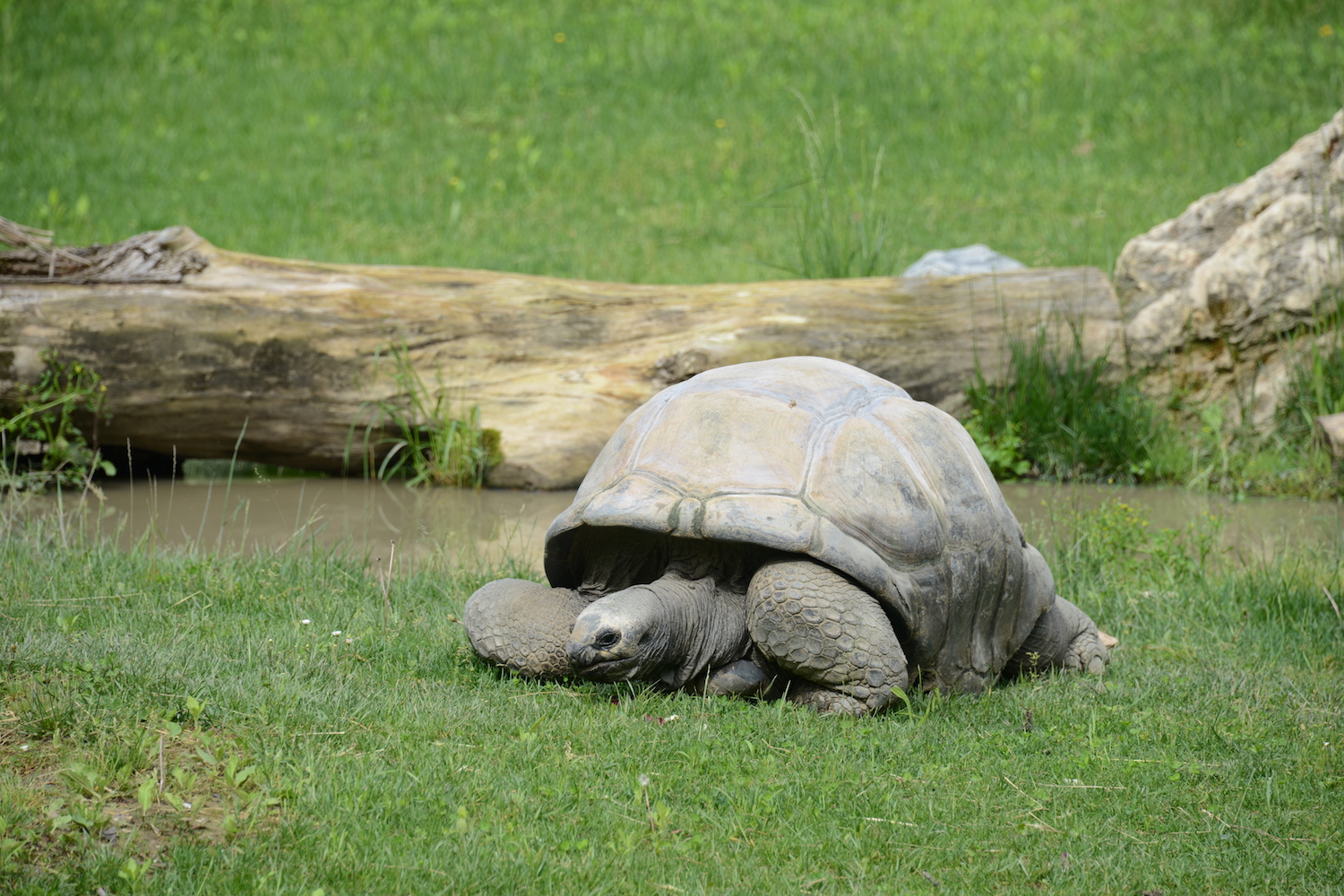
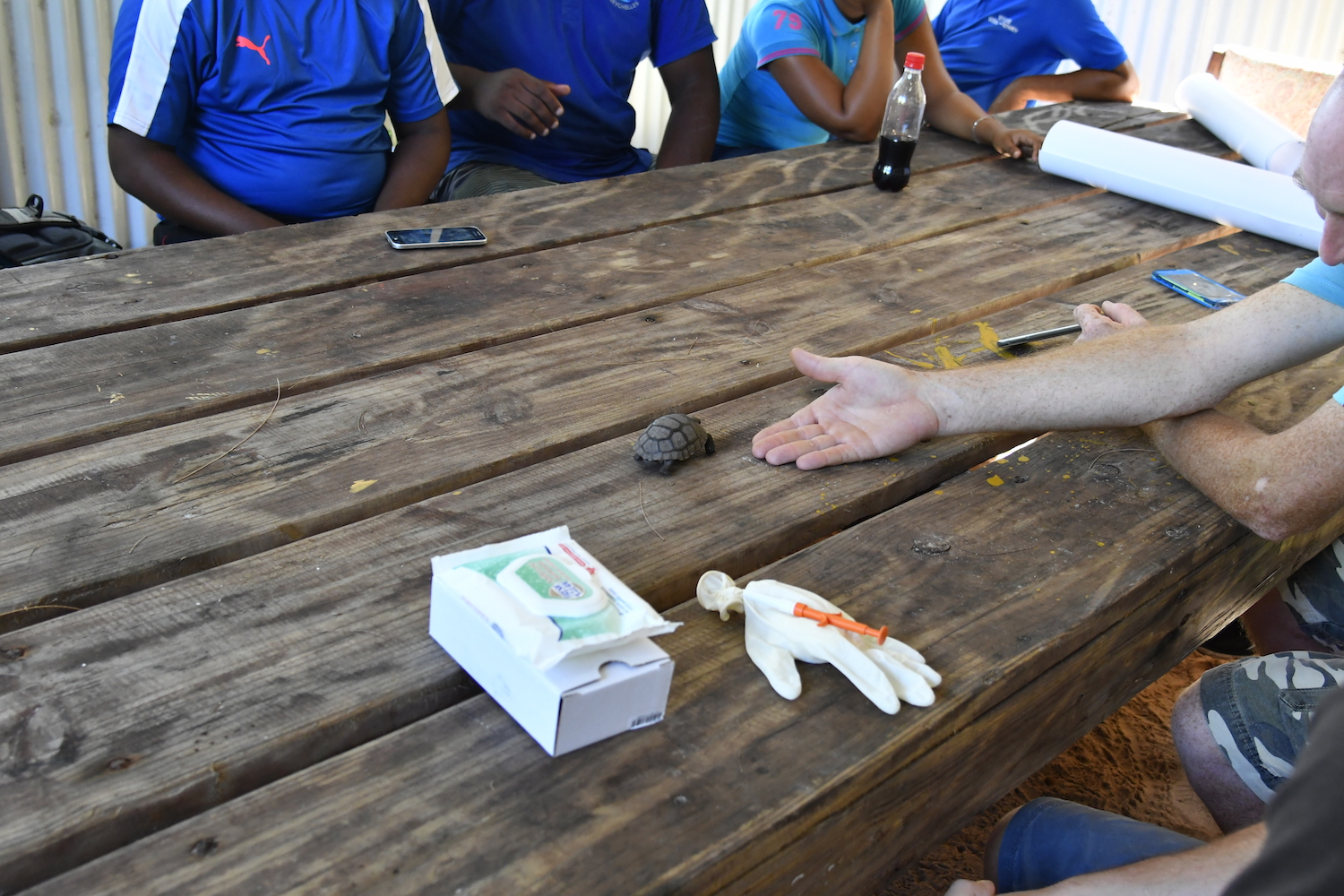
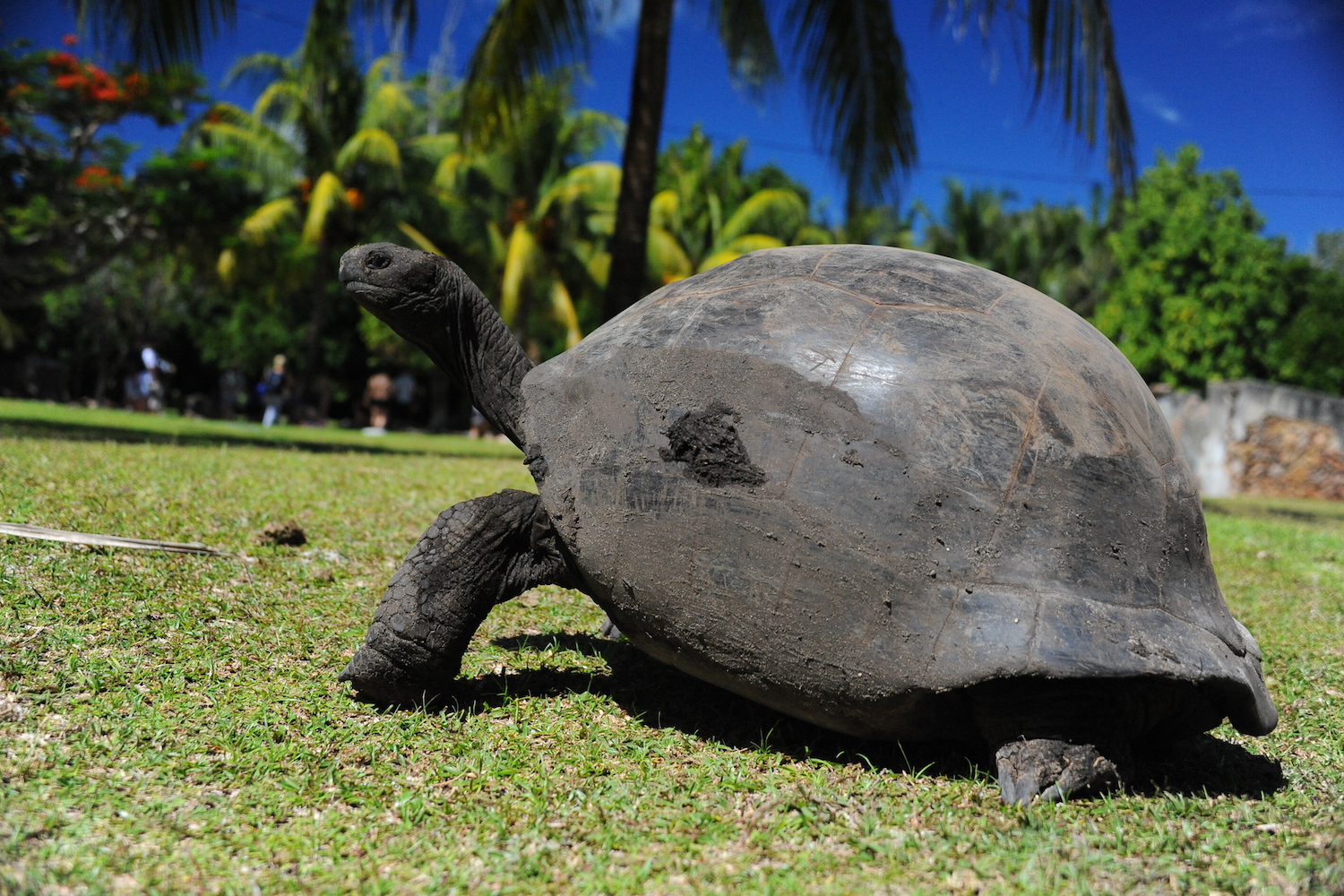
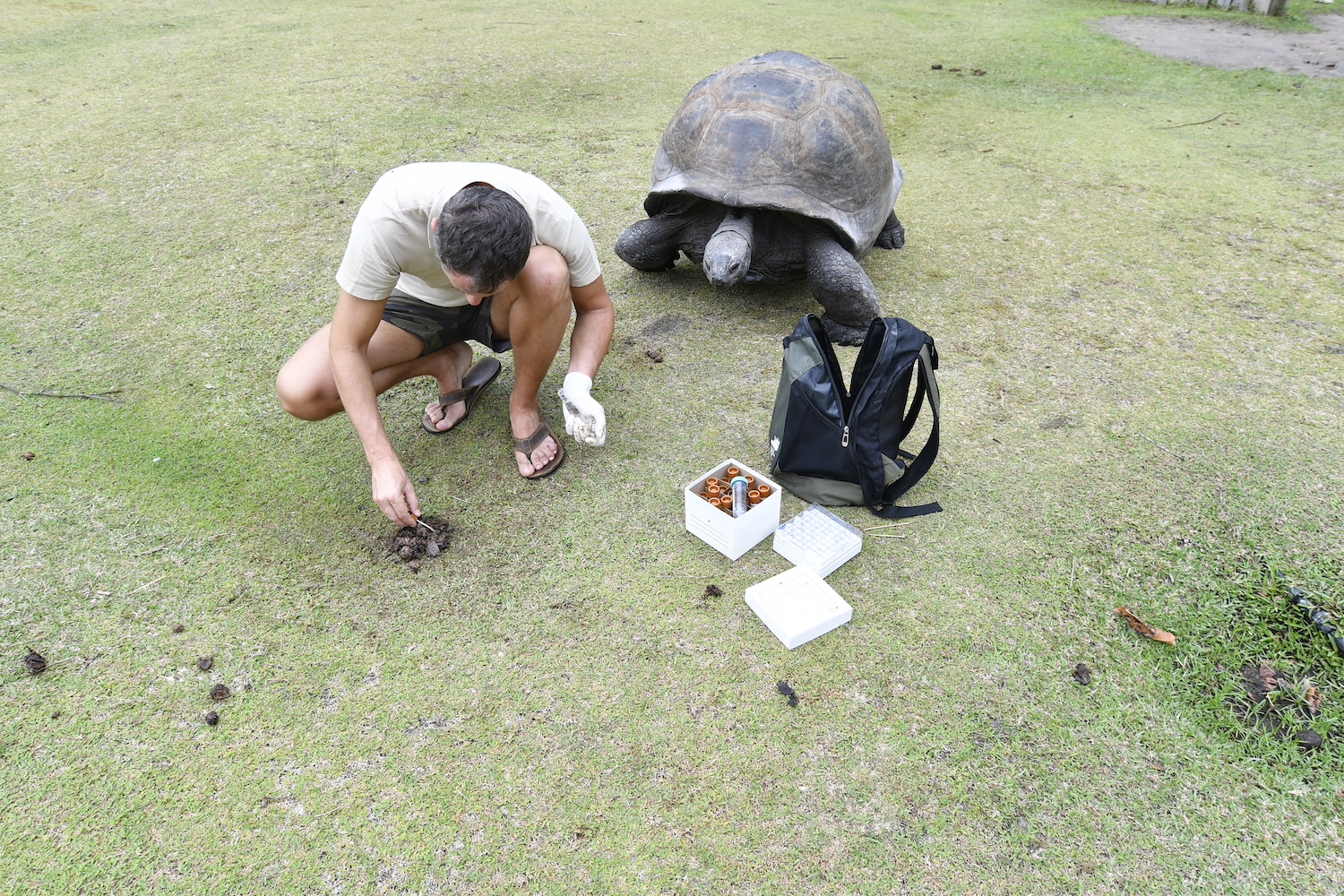
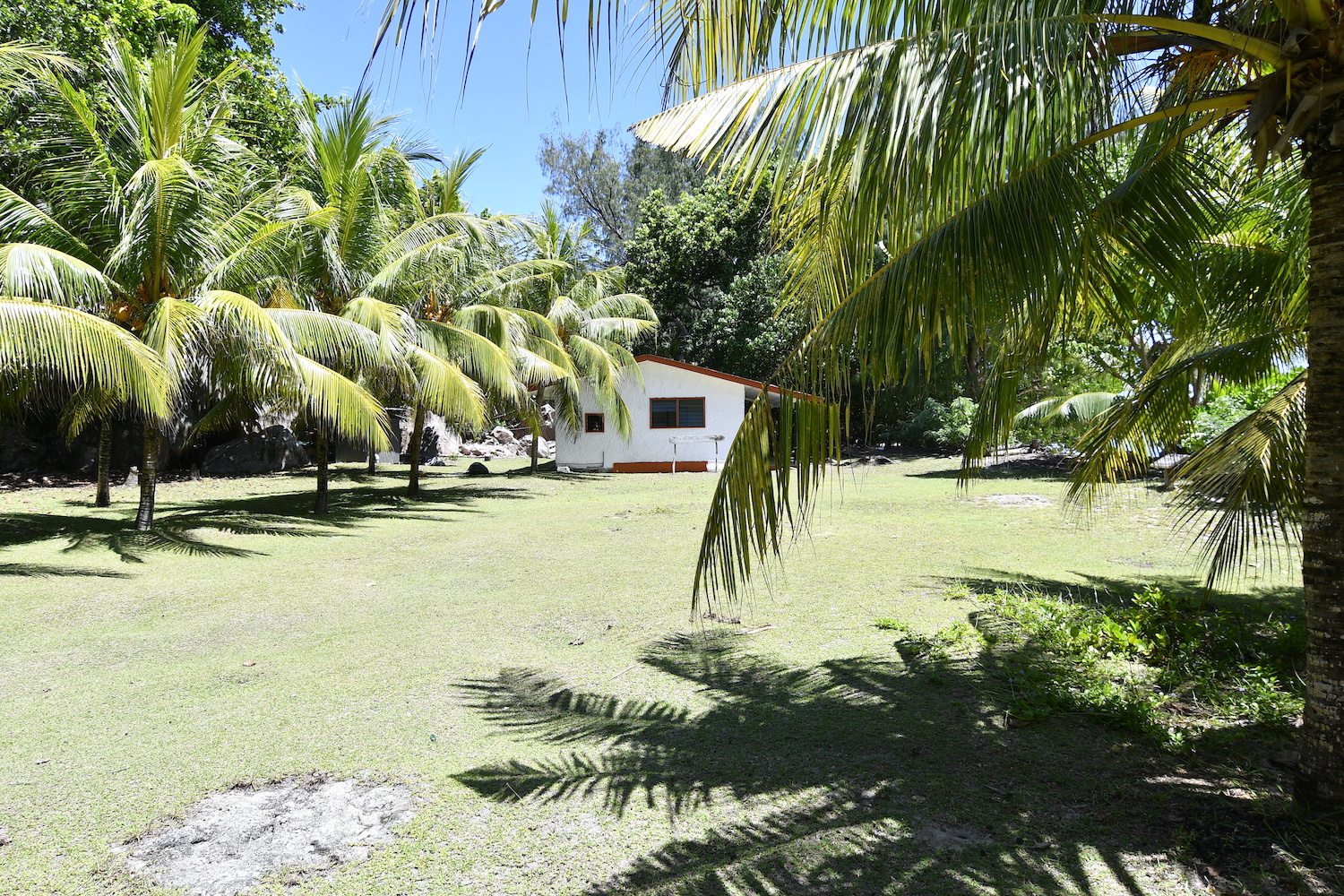
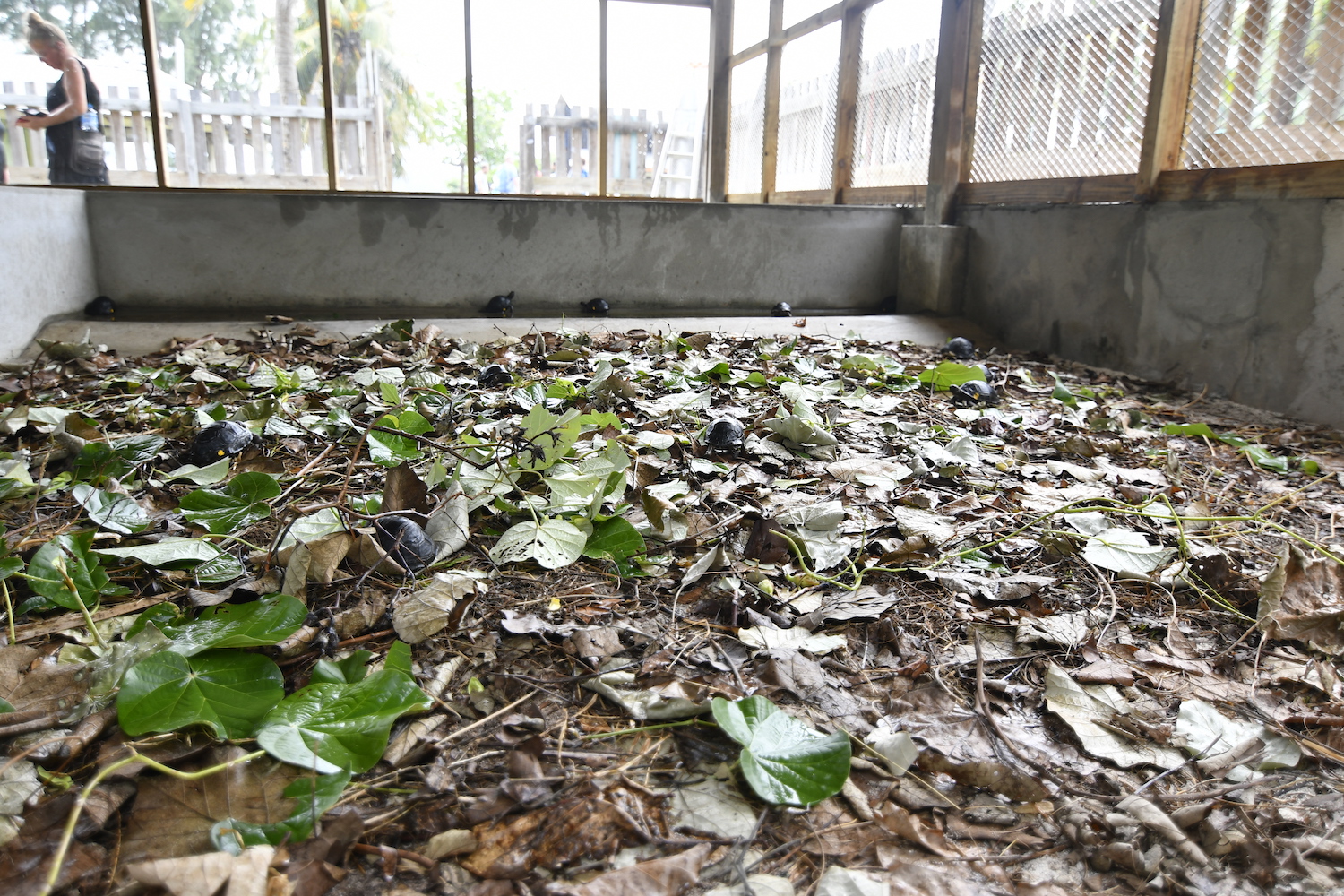
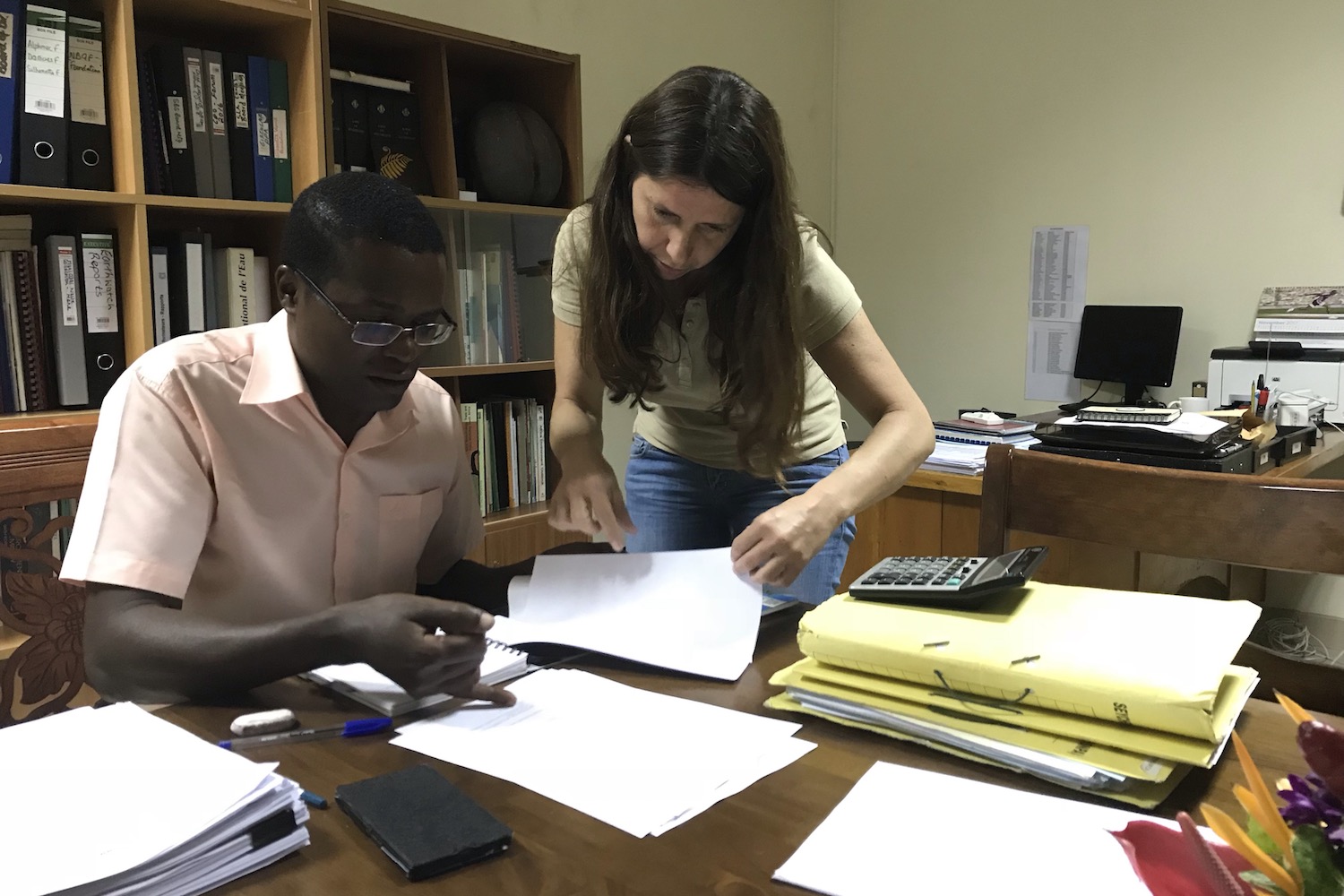

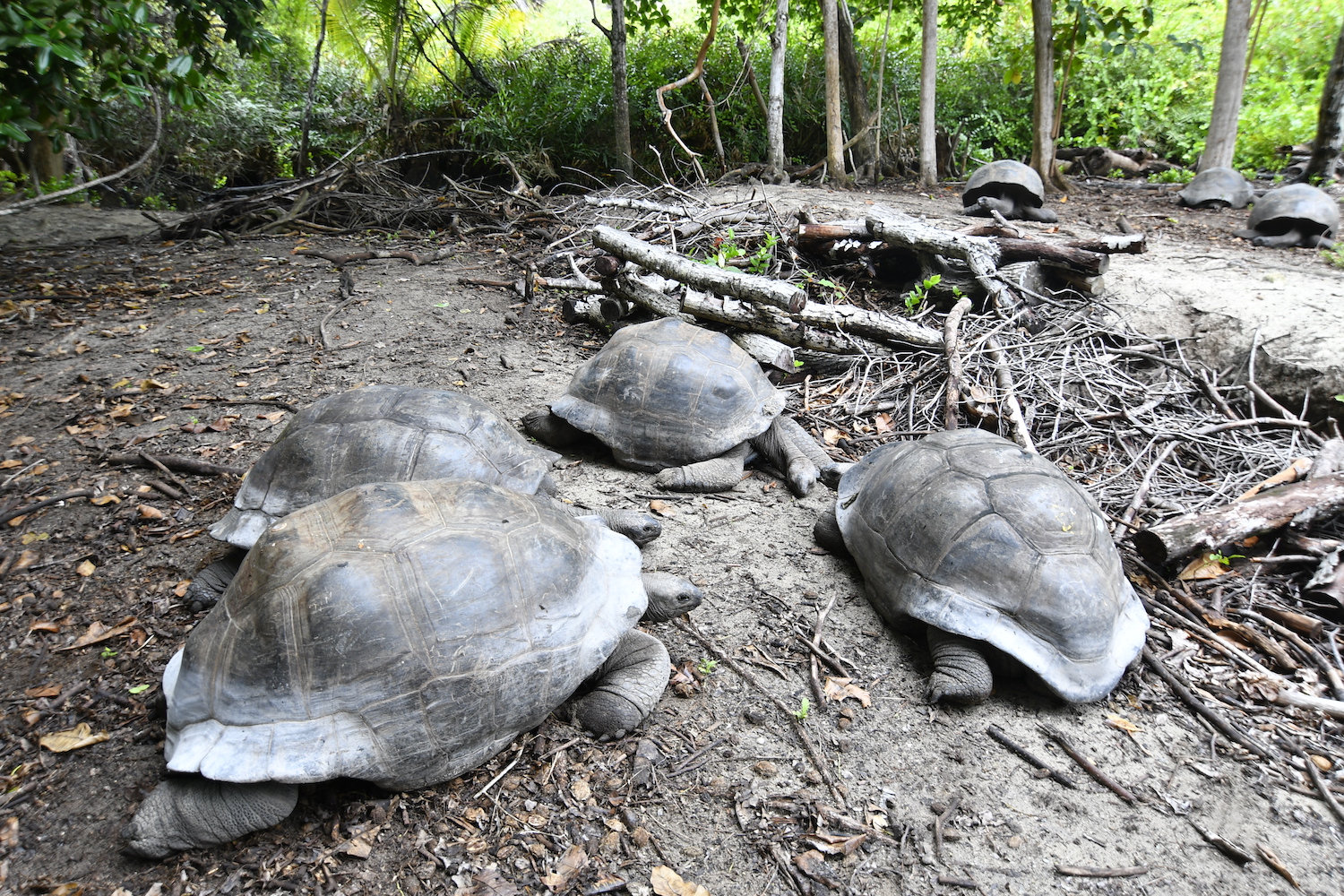
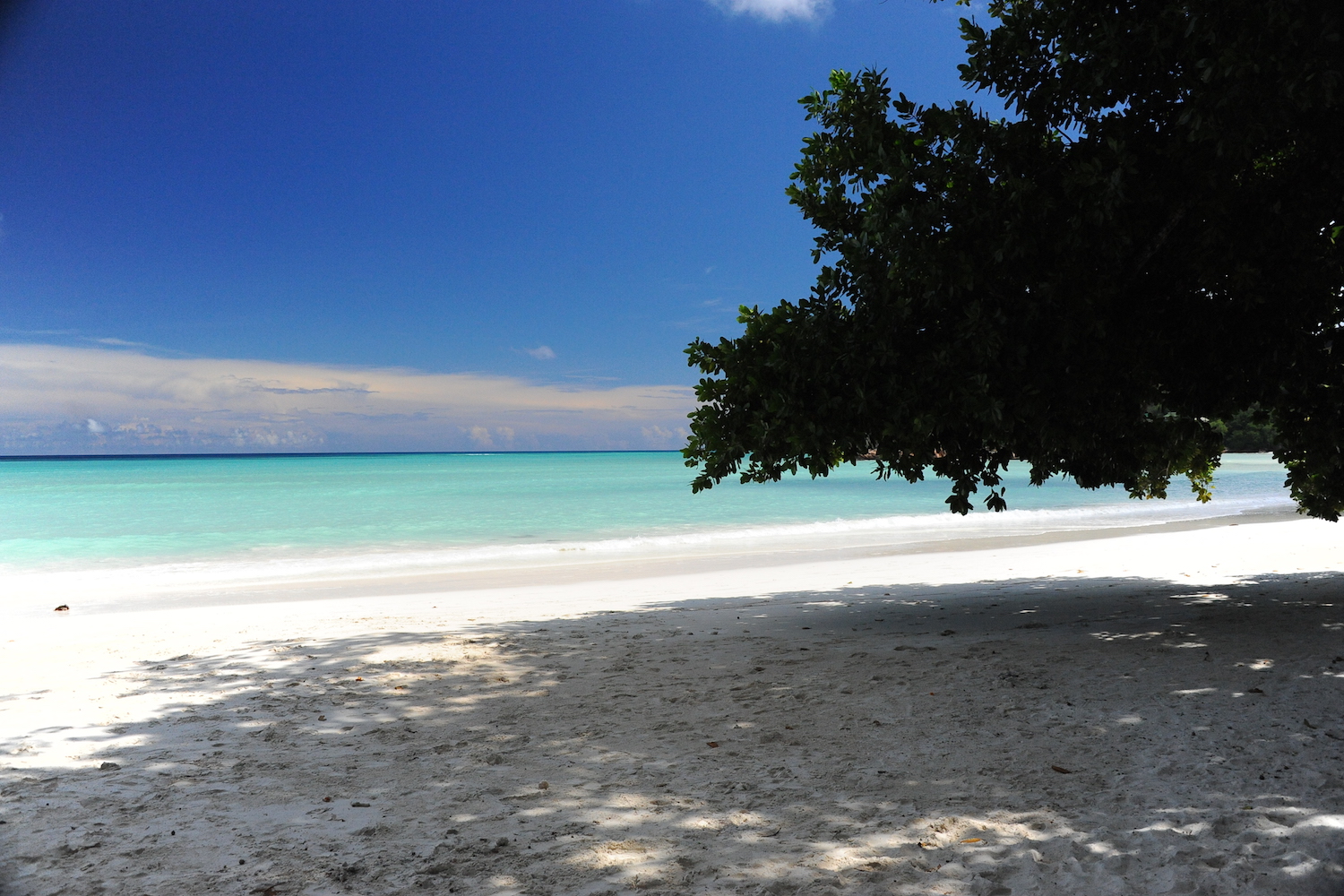
 Italiano
Italiano English
English Deutsch
Deutsch

